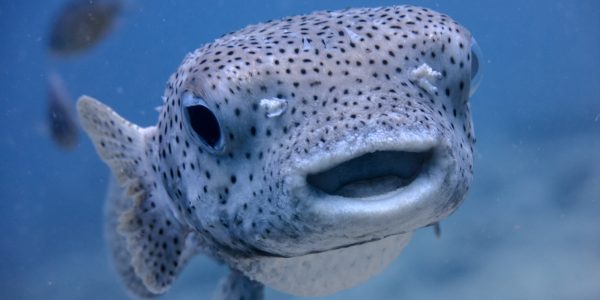Scientists in New South Wales have found some of the world’s highest concentrations of plastic microbeads in Middle Harbour. But it’s not a record to be proud of! Read on for a how-to guide to avoid poisoning fish, the planet — and yourself.
In bays and estuaries surrounding Sydney, floating in the crystal-blue waters that tourists flock from all over the world to enjoy, there are billions of particles of toxic plastic called microbeads. And they’re killing our fragile marine life.
A common ingredient in cosmetic and household products, the problem with these microbeads (as you might’ve guessed from their name) is that they’re incredibly small. So small, in fact, that most wastewater treatment facilities can’t filter them out. The only way to stop microbeads from poisoning our rivers, lakes and oceans is to stop them from entering delicate marine ecosystems in the first place — which couldn’t be easier, we’ll tell you how…







